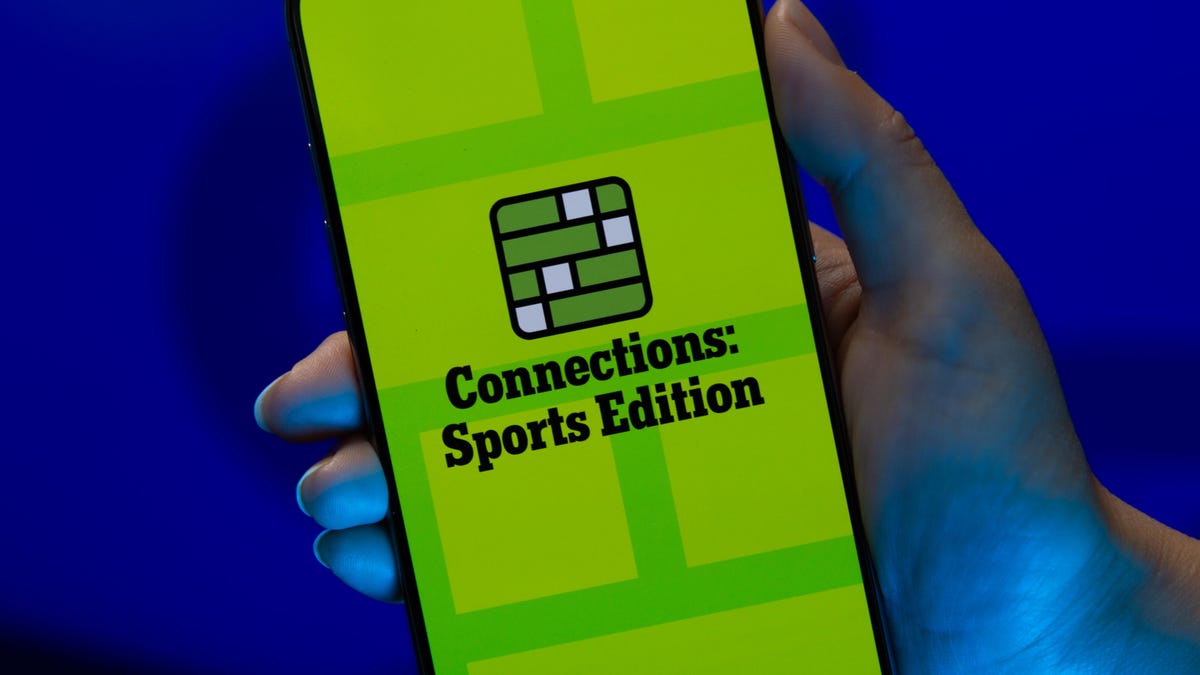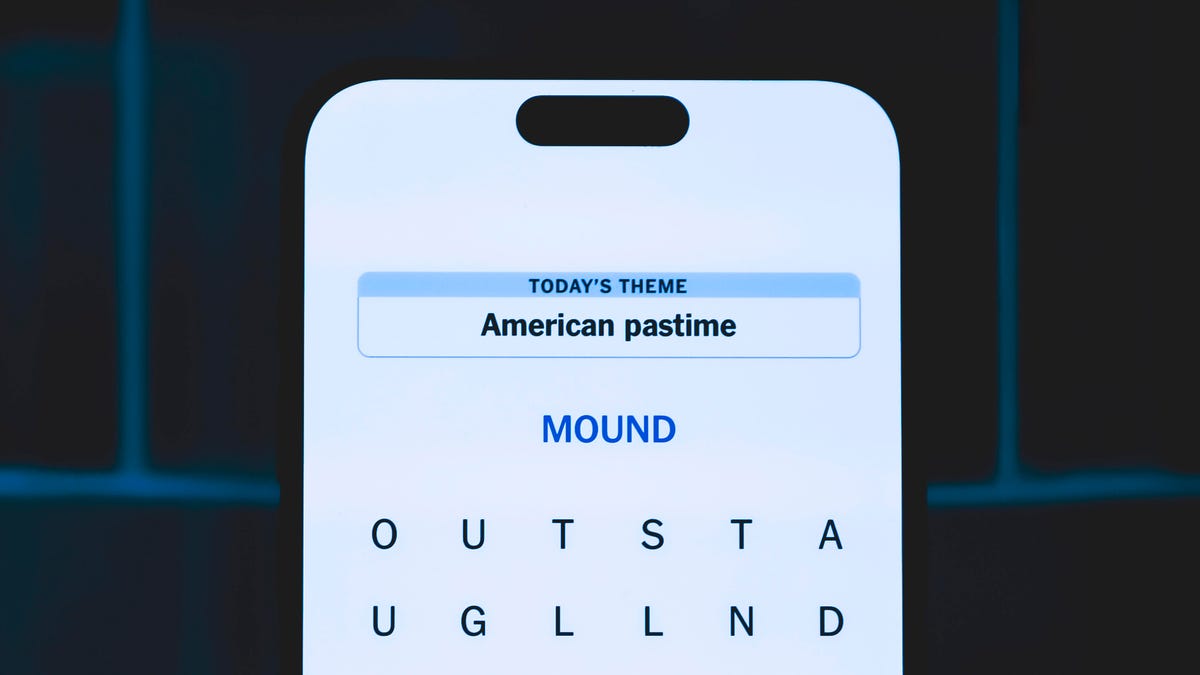Technologies
Google Launches New AI Search Engine: How to Sign Up
This experimental trial of Google Search competes directly with Bing AI and ChatGPT.

Google has launched Search Generative Experience, or SGE, an experimental version of Search that integrates artificial intelligence answers directly into results, the company said in a blog post on Thursday.
Unlike a normal Google Search, which brings up a list of blue links, SGE uses AI to answer your questions right on the Google Search webpage. After entering a query in Google Search, a green or blue box will expand with a novel answer generated by Google’s large language model, like the one powering OpenAI’s ChatGPT.
Google pulls this information from websites and links to sources used when generating an answer. It’s also possible to ask follow-up questions in SGE to get more precise results.
At the moment, SGE isn’t open to the public and requires you to sign up to Google’s Search Labs. To join, click the link here. Search Labs is currently available only to a limited number people in the US and in English only, though you can join the waitlist. Google didn’t immediately respond to a request for comment.
With the launch of ChatGPT late last year, an AI chatbot that could answer almost any question with a unique answer, companies have been adding generative AI features to their products amid increased public interest. Google unveiled Bard earlier this year, an AI chatbot similar to ChatGPT. Microsoft followed up by adding ChatGPT into Bing directly, including an AI image generator powered by Dall-E, also by OpenAI. AI chatbots are powered by a large language model, or LLM, a technology that uses a massive set of text data to write sentences that mimic human language. The model essentially aims to figure out what the next best word should be when generating sentences, a process that’s been described as «autocomplete on steroids.»
AI was also a core focus earlier this month at Google I/O, the search giant’s annual developers conference, with the term being said more than 140 times during the two-hour presentation. During I/O, Cathy Edwards, vice president of engineering at Google, said that with a standard Google Search, people have to break up complex queries into multiple questions, sift through websites for information and formulate the answer in their heads. With SGE, the AI can do all of that for you.
How to join the Google Search Labs waitlist
Here’s how to join the waitlist for Search Labs so you can be among the first to test Google’s SGE:
- Open the Chrome browser on a computer.
- Sign into you Google account.
- Open a new tab in your browser.
- At the top right, there will be a Labs icon (of a beaker) if Labs is available to you.
- If the Labs icon is there, click it and then click Join Waitlist.
You’ll get an email when Labs becomes available.
SGE is part of Search Labs and includes experimental features such as Code Tips, which gives coding suggestions directly in Search, and Add to Sheets, a feature that can automatically bring in information found in Search into Google Sheets.
If you’re able to get into SGE now, Google requires you to agree to its privacy notice and asks you not to include sensitive or confidential personal information that «can be used to identify you or others in your interactions with SGE features.» This is because during this trial run, some data will be analyzed by human reviewers, although the data will be «stored in a manner that is not associated with your Google account.» It’s possible to delete interactions via the My Activity page.
Google also warns of the follies of generative AI and that accuracy may vary. This is likely referring to «hallucinations,» a problem found with generative AI where it can confidently say something is accurate when it isn’t. Google suggests you not rely on generative AI for medical, legal, financial or other professional services.
Editors’ note: CNET is using an AI engine to create some personal finance explainers that are edited and fact-checked by our editors. For more, see this post.SGE can be accessed via the Chome desktop web browser or the Android and iOS Google apps. a large language model
Technologies
Today’s NYT Mini Crossword Answers for Sunday, Nov. 23
Here are the answers for The New York Times Mini Crossword for Nov. 23.

Looking for the most recent Mini Crossword answer? Click here for today’s Mini Crossword hints, as well as our daily answers and hints for The New York Times Wordle, Strands, Connections and Connections: Sports Edition puzzles.
Need some help with today’s Mini Crossword? It includes a Jimi Hendrix reference, which I appreciated. Read on for the answers. And if you could use some hints and guidance for daily solving, check out our Mini Crossword tips.
If you’re looking for today’s Wordle, Connections, Connections: Sports Edition and Strands answers, you can visit CNET’s NYT puzzle hints page.
Read more: Tips and Tricks for Solving The New York Times Mini Crossword
Let’s get to those Mini Crossword clues and answers.
Mini across clues and answers
1A clue: LinkedIn listing
Answer: JOB
4A clue: Planet with an average surface temperature of around 860°F
Answer: VENUS
6A clue: Written with a pen
Answer: ININK
7A clue: Sheer torment
Answer: AGONY
8A clue: «___ thoughts?»
Answer: ANY
Mini down clues and answers
1D clue: Block tower
Answer: JENGA
2D clue: «Red» vegetable that’s really purple, if you ask me
Answer: ONION
3D clue: Word with Bad or Bugs
Answer: BUNNY
4D clue: By way of
Answer: VIA
5D clue: «Excuse me while I kiss the ___» (Hendrix lyric that’s famously misheard)
Answer: SKY
Technologies
Today’s NYT Connections: Sports Edition Hints and Answers for Nov. 23, #426
Here are hints and the answers for the NYT Connections: Sports Edition puzzle for Nov. 23, No. 426.

Looking for the most recent regular Connections answers? Click here for today’s Connections hints, as well as our daily answers and hints for The New York Times Mini Crossword, Wordle and Strands puzzles.
Today’s Connections: Sports Edition has one easy group. I saw «boot» and «eject» and I figured out the yellow group right away. If you’re struggling with today’s puzzle but still want to solve it, read on for hints and the answers.
Connections: Sports Edition is published by The Athletic, the subscription-based sports journalism site owned by The Times. It doesn’t appear in the NYT Games app, but it does in The Athletic’s own app. Or you can play it for free online.
Read more: NYT Connections: Sports Edition Puzzle Comes Out of Beta
Hints for today’s Connections: Sports Edition groups
Here are four hints for the groupings in today’s Connections: Sports Edition puzzle, ranked from the easiest yellow group to the tough (and sometimes bizarre) purple group.
Yellow group hint: Outta here!
Green group hint: Football stars.
Blue group hint: English events.
Purple group hint: Not black.
Answers for today’s Connections: Sports Edition groups
Yellow group: Throw out of a game.
Green group: NFL all-time leading receivers.
Blue group: Premier League derbies.
Purple group: ____ Brown.
Read more: Wordle Cheat Sheet: Here Are the Most Popular Letters Used in English Words
What are today’s Connections: Sports Edition answers?
The yellow words in today’s Connections
The theme is throw out of a game. The four answers are boot, chase, eject and toss.
The green words in today’s Connections
The theme is NFL all-time leading receivers. The four answers are Fitzgerald, Moss, Owens and Rice.
The blue words in today’s Connections
The theme is Premier League derbies. The four answers are Manchester, Merseyside, North London and Tyne-Wear.
The purple words in today’s Connections
The theme is ____ Brown. The four answers are Cleveland, Jaylen, Mack and Tim.
Technologies
Today’s NYT Strands Hints, Answers and Help for Nov. 23, #630
Today’s Strands puzzle is a delicious one, and it might make you hungry. Here are hints, answers and help for Nov. 23, #630.

Looking for the most recent Strands answer? Click here for our daily Strands hints, as well as our daily answers and hints for The New York Times Mini Crossword, Wordle, Connections and Connections: Sports Edition puzzles.
Today’s NYT Strands puzzle is a delicious one, and it might make you hungry. Some of the answers are difficult to unscramble, so if you need hints and answers, read on.
I go into depth about the rules for Strands in this story.
If you’re looking for today’s Wordle, Connections and Mini Crossword answers, you can visit CNET’s NYT puzzle hints page.
Read more: NYT Connections Turns 1: These Are the 5 Toughest Puzzles So Far
Hint for today’s Strands puzzle
Today’s Strands theme is: Sweet tooth
If that doesn’t help you, here’s a clue: Halloween treats.
Clue words to unlock in-game hints
Your goal is to find hidden words that fit the puzzle’s theme. If you’re stuck, find any words you can. Every time you find three words of four letters or more, Strands will reveal one of the theme words. These are the words I used to get those hints but any words of four or more letters that you find will work:
- STRAND, STRANDS, REDS, REND, SEND, SENDS, TEND, TENDS, RENDS, SANT, RUST
Answers for today’s Strands puzzle
These are the answers that tie into the theme. The goal of the puzzle is to find them all, including the spangram, a theme word that reaches from one side of the puzzle to the other. When you have all of them (I originally thought there were always eight but learned that the number can vary), every letter on the board will be used. Here are the nonspangram answers:
- DOTS, NERDS, RUNTS, STARBURST, WHATCHAMACALLIT
Today’s Strands spangram
Today’s Strands spangram is CANDYAISLE. To find it, start with the C that’s three letters to the right on the bottom row, and wind up.
-

 Technologies3 года ago
Technologies3 года agoTech Companies Need to Be Held Accountable for Security, Experts Say
-

 Technologies3 года ago
Technologies3 года agoBest Handheld Game Console in 2023
-

 Technologies3 года ago
Technologies3 года agoTighten Up Your VR Game With the Best Head Straps for Quest 2
-

 Technologies4 года ago
Technologies4 года agoBlack Friday 2021: The best deals on TVs, headphones, kitchenware, and more
-

 Technologies4 года ago
Technologies4 года agoVerum, Wickr and Threema: next generation secured messengers
-

 Technologies4 года ago
Technologies4 года agoGoogle to require vaccinations as Silicon Valley rethinks return-to-office policies
-

 Technologies4 года ago
Technologies4 года agoOlivia Harlan Dekker for Verum Messenger
-

 Technologies4 года ago
Technologies4 года agoiPhone 13 event: How to watch Apple’s big announcement tomorrow
